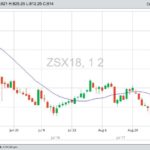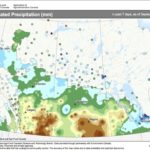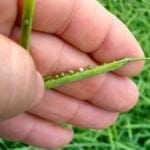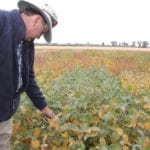Chicago | Reuters — U.S. soybean futures rose roughly two per cent on Wednesday, rebounding a day after the most active contract fell to a 10-year low as the harvest of a likely record-large U.S. crop got under way, analysts said. U.S. wheat futures climbed on technical buying and tightening global supplies, while corn futures












